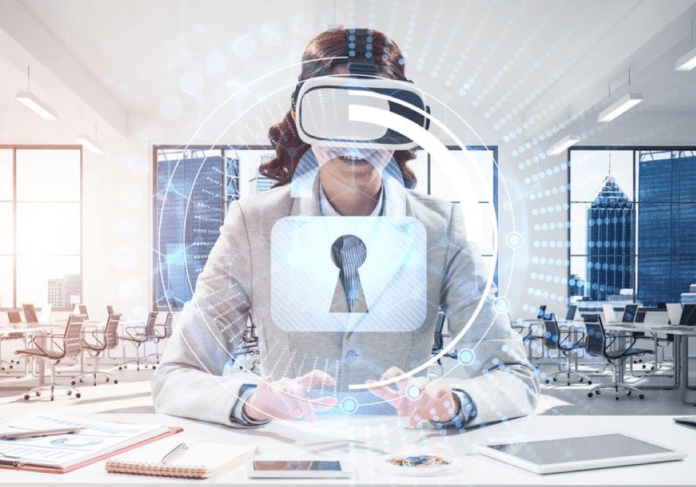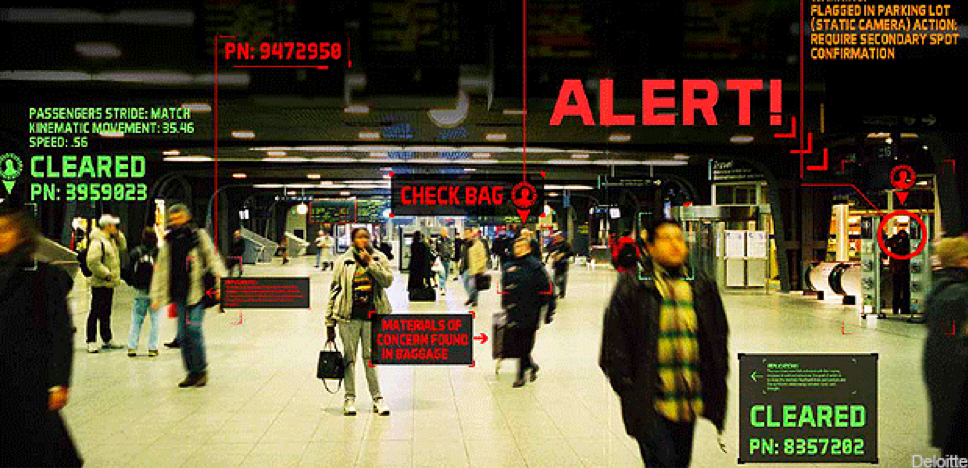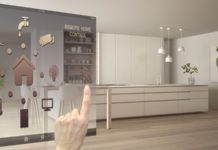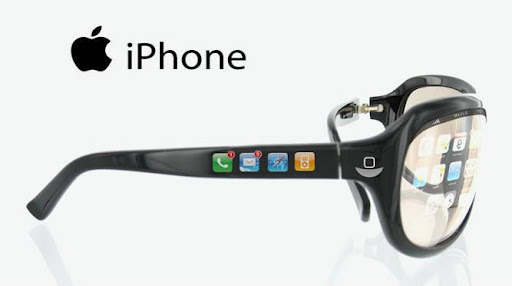Immersive technologies such as augmented reality (AR) and virtual reality (VR) are touching lives in gaming and live entertainment, among many other areas. The security industry is reaping the benefits of this technology, too. Security monitoring is one area recently that has made tremendous progress. While most of the AR/VR technologies in this area are novel, their application is gaining traction very fast. Here are four ways virtual reality is improving security monitoring.
Security surveillance
Security experts agree that staying ahead of potential threats is the only true way of preventing them. Without elaborate surveillance systems of all threats, virtual and real, you cannot be safe. Using VR to model the security threats and situations can help bust technical faults and vulnerabilities that the bad guys can use.
Also, security is not just about bad guys; it is also about the hazards and risks inherent in a system. Virtual reality in construction, manufacturing, and other workplaces that are prone to hazards is proving to be a game changer.
In manufacturing, planning the factory layout requires time, careful planning, research of the equipment that will be placed, only to discover that that one piece of equipment next to the walkway has a heating coil that would be exposed to the employees, creating a safety hazard; but, you didn’t realize that until after you’ve installed everything else. So now, you have to remove everything and go back to planning. Being able to quickly explore the different safety concerns in real-time, without having to install physical objects first but still getting the benefits of testing as though it was there, will help prevent future accidents, reduce the labor cost installing and uninstalling equipment, increase production speed.
If you’ve ever worked in construction, than you know that there is a big difference between what the architect and engineers had planned, and what the landscape will actually let you do. Commonly used 2D images and maps do not project the exact picture on the ground. You may get the topographical map of an area, but it may not give you the true treacherous nature of the area in question. Virtual reality can offer you the third dimension that will tell you exactly what you are likely to find on the ground.
Accuracy in protection is a matter of life and death, and VR is making it possible for security officers to make the right call based on accurate information.
Source: ProVigil
Real-time simulation
Virtual 3D renderings are becoming a common phenomenon in most industries. For example, manufacturers, medical practitioners, architects, artists, and many other people can now simulate the reality on the ground. Customers can now take virtual tours of buildings, planes, theater rooms, and studios courtesy of virtual reality. The most common are 3D renderings of property, especially in new real estate developments.
The prospective power of AR/VR becomes even greater when it is used in conjunction with AI. Security companies will soon be able to have a real-time display of potential risks and threats. Using complex, predictive neural networks to highlight suspected criminal intent, agencies like law enforcement, airport security, or even event security will be able to quickly act upon security threats, instead of react upon them.
Source: GCN
Virtual reality is quickly growing beyond the world of entertainment. Security, education, farming, and health care are just a few places that we are currently using AR/VR, only because we have yet to try it in other fields. Like most technology, the idea that it was created for is quickly surpassed by the ideas of where it can be used, once the awesome might of the human imagination is set upon it.





















